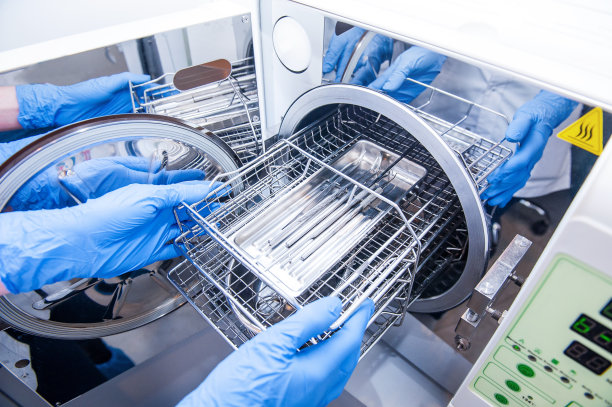Essential Guidelines to Follow After Receiving Dental Fillings for Optimal Oral Health and Longevity
Summary: Receiving dental fillings is an essential step toward maintaining good oral health, but it’s equally important to follow specific guidelines afterward to ensure optimal results. This article outlines four vital aspects: pain management and sensitivity, dietary considerations, maintaining oral hygiene, and regular dental visits. By adhering to these guidelines, patients can enhance the longevity and effectiveness of their dental fillings while safeguarding their overall oral health.
1. Managing Pain and Sensitivity After Fillings

After the dental filling procedure, it’s common to experience some level of discomfort or sensitivity in the treated area. This sensitivity may last for a few days, particularly to hot and cold foods or beverages. Over-the-counter pain relievers such as ibuprofen or acetaminophen can provide relief during this period. It is crucial to follow the dosage instructions on the label to avoid any complications.
Another useful tip is to avoid chewing on the side of the mouth where the filling is located until the sensitivity diminishes. Chewing hard or sticky foods can aggravate the filling area, and it can lead to further discomfort. Instead, opt for softer foods to ease the transition back to regular dietary habits.
If the pain persists beyond a few days or worsens, make sure to contact your dentist immediately. Persistent discomfort can indicate an issue with the filling or underlying dental concerns that may need professional attention.
2. Dietary Considerations for Optimal Healing
What you eat plays a significant role in the recovery process after receiving dental fillings. It’s advisable to stick to a soft-food diet for at least 24 hours post-treatment. Foods like yogurt, mashed potatoes, soups, and smoothies are gentle on freshly filled teeth.
Avoiding hot and cold drinks is not only a matter of comfort; it also helps to prevent any unnecessary stress on the filling and the surrounding tooth structure. Its also important to steer clear of highly acidic foods and beverages, such as citrus fruits and soda, which may irritate the area and can potentially harm the filling.
Once the initial soreness subsides, you can gradually reintroduce your regular diet. However, be cautious with very hard foods, as they can put pressure on new fillings, risking damage or dislodging. Always listen to your body, and if you experience any discomfort, revert to softer options.
3. Maintaining Oral Hygiene for Longevity
Good oral hygiene practices are vital after receiving dental fillings to ensure that they last as long as possible. Brushing your teeth at least twice daily remains essential, but be gentle around the filling during the first few days to avoid irritation.
Also, consider using a fluoride toothpaste, as fluoride can help to strengthen the enamel surrounding the filling and protect it from decay. Regular flossing is equally important to remove food particles and plaque that a toothbrush may miss, particularly around the filling margin.
Moreover, using an antibacterial mouthwash can provide added protection against germs and help maintain a fresh mouth. This effective combination of brushing, flossing, and rinsing helps prevent future cavities and ensures the longevity of your dental fillings.
4. Importance of Regular Dental Visits
Aside from home care, regular dental check-ups are crucial to maintaining oral health and the longevity of dental fillings. Scheduling follow-up appointments allows your dentist to monitor the status of your fillings and address any potential issues before they escalate into more serious problems.
During these visits, your dentist will also perform professional cleanings, which play an essential role in preventing cavities and gum disease. These cleanings are particularly beneficial in areas around fillings, as they help to remove tartar buildup that may go unnoticed during your daily routines.
Stay proactive regarding your oral health by establishing a regular dental visit schedule. Typically, visiting your dentist every six months is a good rule of thumb, but your dentist might recommend a different frequency based on your individual needs.
Summary:
In conclusion, adhering to essential guidelines after receiving dental fillings is vital for achieving the best long-term outcomes for your oral health. Focus on managing pain and sensitivity, pay attention to dietary choices, maintain diligent oral hygiene, and ensure you keep up with regular dental visits. By doing so, you can effectively prolong the life of your fillings and maintain your overall dental well-being.
This article is compiled by Vickong Dental and the content is for reference only.


